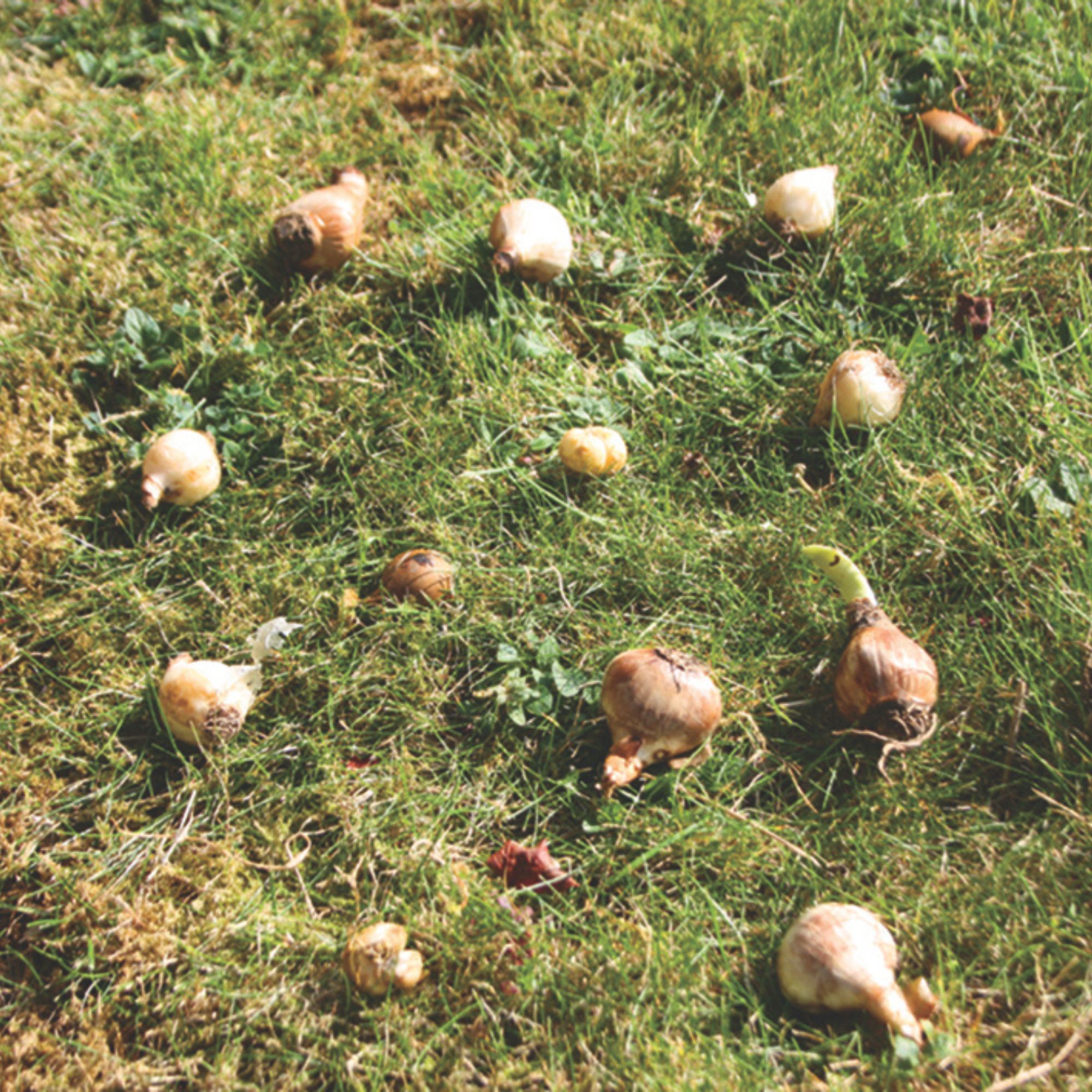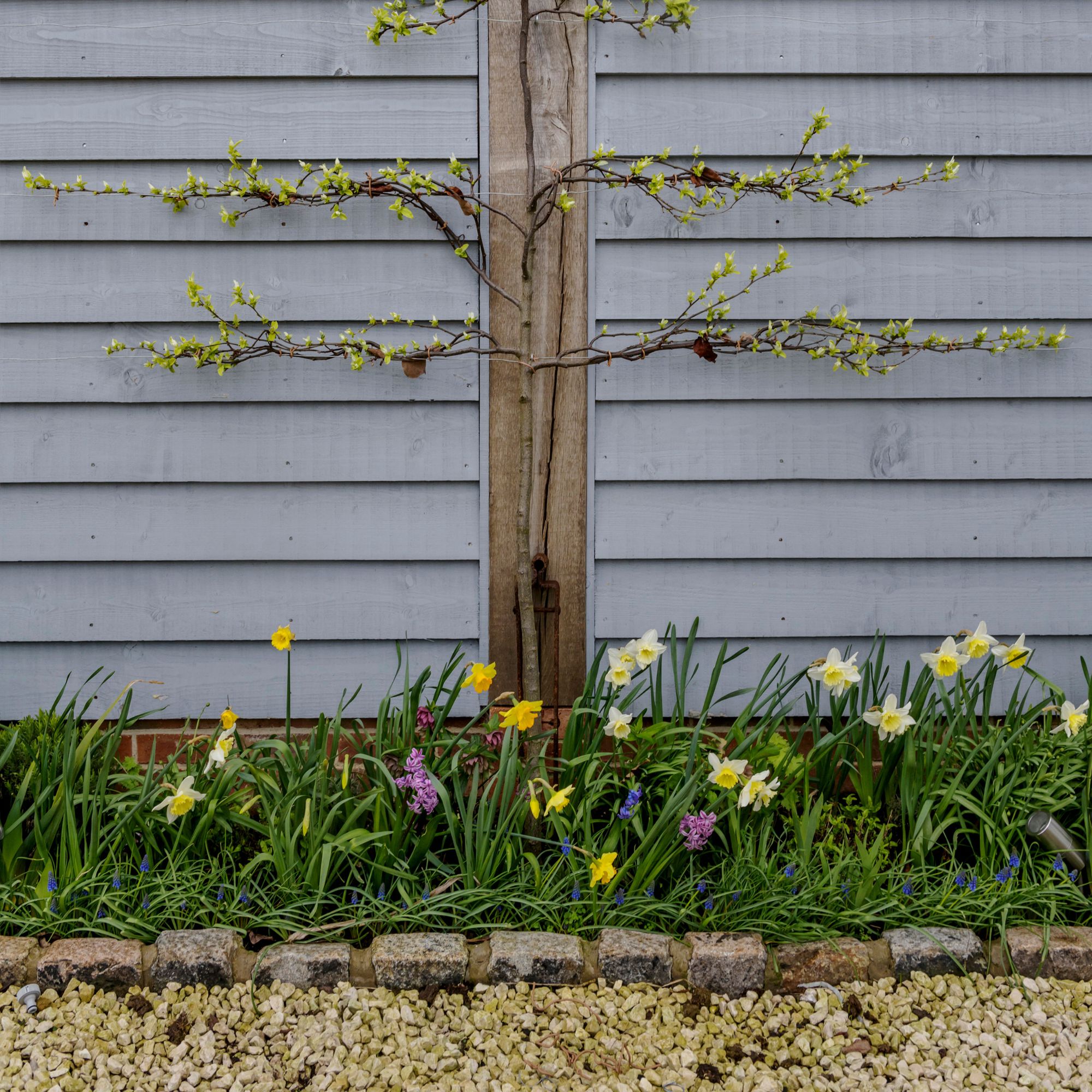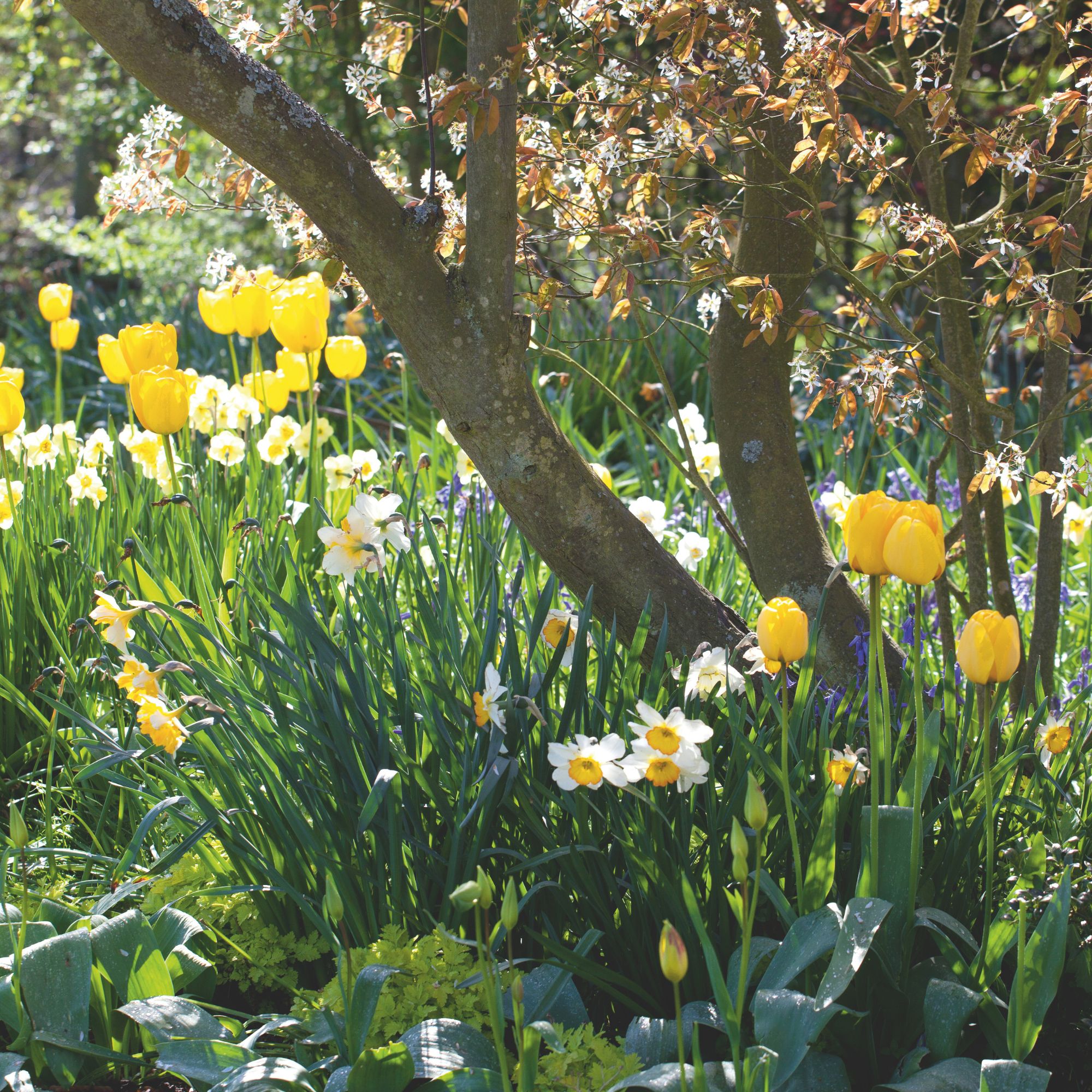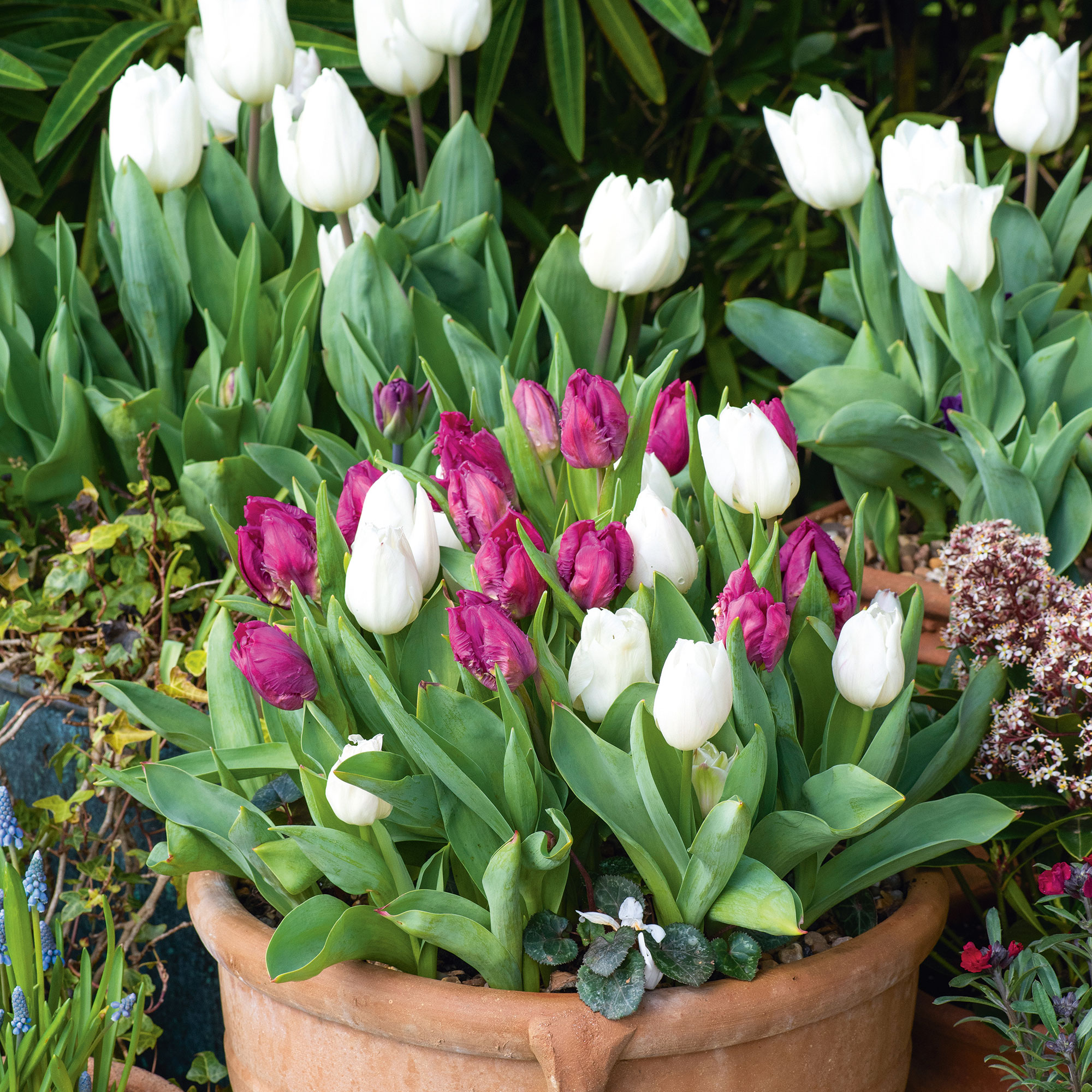
November is a surprisingly busy month in the garden, but it also marks the end of the planting window for many perennials. Knowing when to stop planting spring bulbs can be tricky, though.
If you've been researching when to plant bulbs for spring, you'll know that autumn is the perfect time to get them in the ground. Learning how to plant bulbs is relatively simple, but they'll develop better if you plant them at the right time.
'In general, it is recommended to wait until mid-autumn to plant spring bulbs, or up to six weeks before a ground-freezing frost,' says Hannah Rowson, assistant garden centre manager at bulb specialists J. Parker’s.
If you haven't planted your spring bulbs yet, don't worry – we've checked in with garden experts to see just how late in the year we can leave the task.

When to stop planting spring bulbs
We've already established that autumn is the best time to plant spring bulbs, but it's helpful to understand why this window is so important.
'This is the time period before the ground freezes, but it also allows the soil to cool down, which is perfect for helping those bulbs get cosy and start rooting before winter sets in,' explains David Denyer, expert florist and gardener at Eflorist.
But how late can you actually leave the task?
'Ideally, you want to wrap up your planting by mid-November,' says David. 'If you live in a milder climate, you might have a bit more leeway, but remember: the sooner you plant, the better your bulbs will perform come spring.'
So, it generally comes down to which region of the UK you live in, and when the first frost in your area is.
If you miss the window, though, it's still possible to plant your spring bulbs this year...

Can I plant spring bulbs after the first frosts?
If you just haven't had the time to plant your spring bulbs before the first frosts arrive, you don't have to kiss your chances of spring blooms goodbye. In fact, many spring bulbs can be planted during the winter months, too.
'If you haven’t managed to get your spring bulbs in the ground before this deadline, not to worry!' says Hannah. 'Spring bulbs are meant to thrive under challenging conditions, such as frost, shade, or harsh spring weather.'
This means that many spring bulbs can be planted during the winter. So, if you're wondering when to stop planting spring bulbs, the answer is you don't have to. As long as the ground isn't frozen, that is.
'You can plant spring bulbs as late as the ground is workable, often into December and ideally by Christmas Day, depending on your local climate,' explains David. 'If the soil hasn't frozen, go ahead and get those bulbs in the ground.'

So, as long as the ground hasn't frozen, you don't have to stop planting spring bulbs after the autumn. There are a couple of downsides, though.
'Just keep in mind that planting late might delay blooming a bit,' says David. He also recommends learning how to protect plants with mulch to insulate the bulbs from the cold and give them a better chance of thriving.

Some spring bulbs are actually better suited to later planting. If you know when to plant tulip bulbs, for example, you might recall that they're better planted in cooler weather.
'Planting bulbs like tulips later in the winter can help to prevent tulip fires,' says Hannah. 'This fungal disease causes withering leaves and petals. Because it spreads in warm, wet conditions, the colder temperatures in winter may help avoid it.'
Nevertheless, spring bulbs usually develop better if you manage to plant them in the autumn.
'Bulbs like tulips and daffodils generally do best when planted in fall,' explains David. 'While you might manage to plant them in winter, their growth could be stunted. Stick to the hardier varieties if you're planting late, and always check local guidelines — after all, every garden has its own unique needs.'

So, while advice around when to stop planting spring bulbs is relatively flexible, and you can chance planting your spring bulbs after the recommended autumn window, planting them before the middle of November will encourage the best blooms to form in the spring.
Where to buy spring bulbs
- J. Parker's: Browse a huge selection of bulbs. The Tulip Finola and Uncle Tom Collection is a great choice if you're looking for the best spring bulbs for cut flowers.
- Sarah Raven: Take your pick from a vibrant range of spring-flowering bulbs.
- Crocus:
FAQs
How late can you spring bulbs?
As we've discussed, spring bulbs can be planted all the way into the winter months, but that's only if the ground isn't frozen solid. If it is, and you're desperate to plant your bulbs before the spring, Hannah from J. Parker's has a few tips.
'If the ground is totally frozen, scatter fertilizer sparingly and over a larger range than normal,' she says. 'Then, place bulbs on top of the soil. Do not press them in, as this will damage the bulb base, where roots form.
'Cover them with 2-4 inches of aged mulch or finished compost (go for the thicker layer if planting during the height of winter), and regularly renew the mulch covering with a fresh two-inch layer.'
Which spring bulbs shouldn't you plant in winter?
Certain spring bulbs respond better to planting in the autumn. While you can risk planting them in the winter, they might not develop as well as their autumn-planted counterparts.
'Daffodils require time to establish themselves before spring, but they can be planted right up to Christmas,' explains Hannah from J. Parker's. 'However, there is a chance that they will come up with foliage but no flowers. This is known as daffodil blindness.'
With just a week until we reach the middle of November, make sure you've got bulb-planting on your to-do list!







